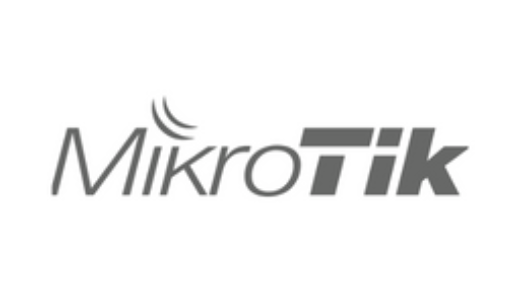In fact, Benefits of Microsoft Intune is a long debate. Microsoft Intune is a cloud-based endpoint management solution that helps organizations manage and secure their mobile devices, PCs, and applications. Microsoft Intune offers efficient device and application management, data protection, and unified endpoint management. It enables secure access to corporate resources and integrates with other Microsoft services for streamlined operations.
Benefits of Microsoft Intune
Accordingly, Intune is part of Microsoft’s Enterprise Mobility + Security (EMS) suite. Therefore, you can find it productive while keeping your corporate data protected. It offers several benefits for businesses of all sizes, including:
1. Mobile Device Management (MDM)
Microsoft Intune enables organizations to manage a wide range of devices, including smartphones, tablets, laptops and desktop computers. Further, You can use intune across multiple platforms such as Windows, macOS, iOS, and Android. Intune provides comprehensive MDM capabilities, allowing organizations to control and secure mobile devices used by employees. Consequently, IT administrators can enforce security policies, configure settings, deploy applications and perform remote actions on these devices. They can enforce passcode policies, encrypt device data, remotely lock or wipe devices in case of loss or theft, and ensure compliance with security standards.
2. Mobile Application Management (MAM)
With Intune, organizations can efficiently manage the deployment and distribution of applications to their managed devices. Administrators can centrally deploy, update and remove applications. They can ensure that users have access to the required apps while maintaining control over the software ecosystem.
3. Data Protection
Intune helps safeguard sensitive business data by enabling organizations to apply data protection policies to managed devices. Further, IT administrators can enforce encryption, control data sharing options and prevent unauthorized access to corporate resources. This will help to mitigate the risk of data breaches.
4. Unified Endpoint Management (UEM)
Intune offers UEM capabilities, allowing organizations to manage both mobile and desktop devices from a single console. This streamlines management tasks, reduces complexity, and provides a unified view of the organization’s endpoints, leading to increased operational efficiency.
5. Windows Autopilot Deployments
Autopilot is a powerful feature of Microsoft Intune that allows your business to preconfigure new Windows devices before they are delivered to end-users. You can ensure that devices are configured according to your security and compliance policies, and that end-users will get up and running quickly and easily.
Remotely Managed Devices
Microsoft Intune, a cloud-based tool, allows remote device management, eliminating on-premise infrastructure. Admins can manage devices from anywhere with an internet connection. The Retire or Wipe actions remove unnecessary, repurposed, or lost/stolen devices, and users can issue commands to enrolled devices through the Intune Company Portal.
4. Compliance and Conditional Access
Intune integrates with Azure Active Directory to provide conditional access capabilities. This means that organizations can enforce access policies based on various factors such as device compliance, user identity, and network location. Conditional access helps ensure that only authorized and secure devices and users can access corporate resources.
6. Integration with other Microsoft Services
Intune seamlessly integrates with other Microsoft services such as Azure, Office 365 and Microsoft Defender for Endpoint. This integration enables organizations to leverage a holistic security and management ecosystem, maximizing the value of their Microsoft investments.
7. Scalability and Cloud-based Infrastructure
Being a cloud-based solution, Intune offers scalability to accommodate growing organizational needs. It eliminates the need for on-premises infrastructure and provides automatic updates and feature enhancements, ensuring that organizations stay up-to-date with the latest capabilities and security enhancements.
8. Streamlined Deployment and On-boarding
Intune provides streamlined deployment options, including integration with Windows Autopilot, which simplifies the provisioning of new devices for users. This reduces the time and effort required to set up devices and enables organizations to quickly onboard new employees.
9. Enhanced Productivity and User Experience
By providing a secure and managed environment, Intune helps enhance employee productivity and user experience. It enables employees to access corporate resources and applications from their preferred devices while ensuring data security and compliance.
Overall, Microsoft Intune offers numerous benefits, including efficient device and application management, data protection, conditional access, unified endpoint management, scalability, and integration with other Microsoft services. These advantages make it a valuable solution for organizations looking to manage and secure their endpoint devices effectively.



